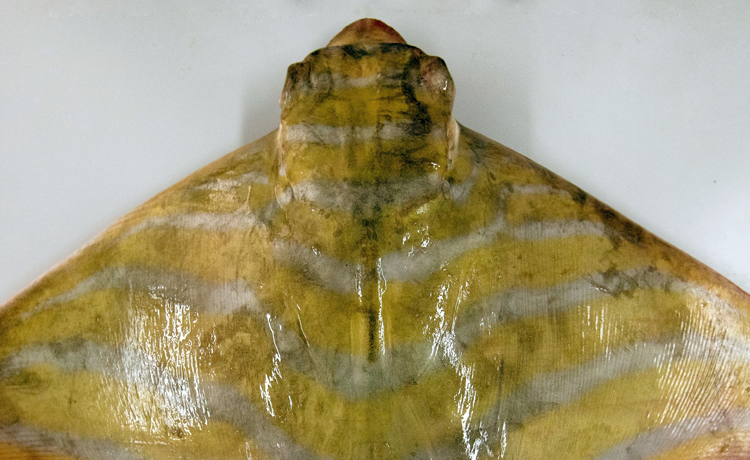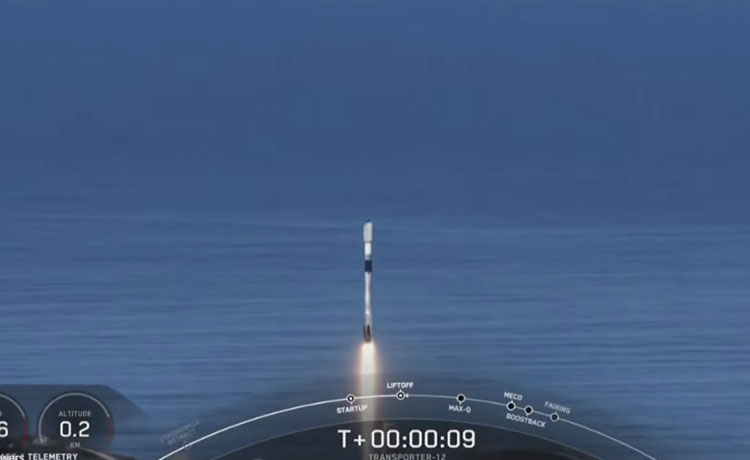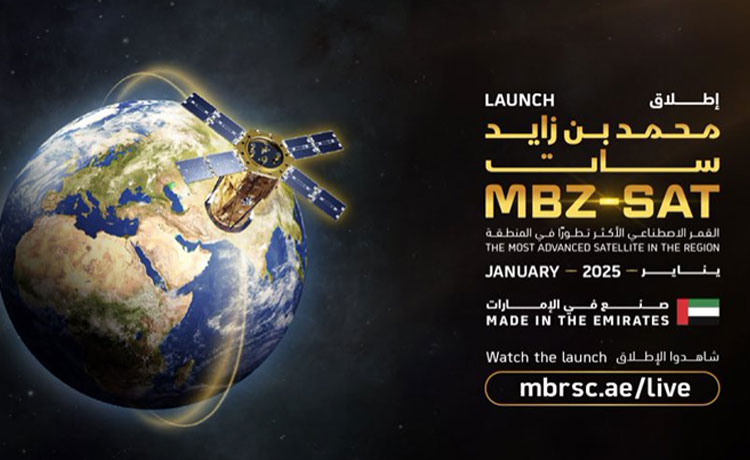
New Eagle Ray Species Discovered in Abu Dhabi Waters
Wam.ae: The Environment Agency – Abu Dhabi (EAD) has announced its discovery of a new Eagle Ray species in Abu Dhabi waters. The new species (Aetomylaeus wafickii) was discovered from specimens collected in the Arabian Gulf during the Fisheries Resource Assessment (FRAS), which was carried out in 2016.
The specimens were collected with other specimens of elasmobranchs and fish. During that time, the Eagle Ray was identified as the Banded Eagle Ray (Aetomylaeus nichofii), which is very similar in appearance. However, it was then considered new after a thorough examination and publishing of a scientific paper highlighting its astute physical description.
The newly described species can be distinguished from similar species - the Blue-banded Eagle Ray (Aetomylaeus caeruleofasciatus) and Banded Eagle Ray (Aetomylaeus nichofii), by having a larger number of pale blue bands across its dorsal surface (8-10 bands), a larger number of tooth plate rows, and a shorter tail. This description was published in the Marine Biodiversity Journal on 11th February, 2022.
Ahmed Al Hashmi, Executive Director of Terrestrial and Marine Biodiversity Division at EAD, said, "It is very exciting for us to discover a new species of Eagle Ray in Abu Dhabi. This is a prominent indication that our waters are healthy and we have an abundance of marine biodiversity. Within the past two years, we have discovered a series of species. I am confident that we can make even more discoveries in the future as long as we continue adopting accurate scientific methodologies to ensure credibility.
"To ensure longevity and sustainability of our species, at EAD, we engage in extensive rehabilitation programmes so that our species can thrive for future generations and enjoy the breadth and beauty of Abu Dhabi's biodiversity."
Fisheries surveys in the UAE waters have made it possible to collect many specimens in the Arabian Gulf that were then examined and compared to other regional variants of the species. Over 600 specimens of fish were collected along with several elasmobranchs. Specimens collected and measured have been deposited into fish collections at the California Academy of Science (CAS), Museum of Comparative Zoology (MCZ), Harvard, and the United States National Museum Smithsonian (USNM).
Batoidea family (rays) is closely related to the shark family and includes rays, skates, guitarfish and sawfish. There are over 630 batoid species altogether. Like sharks, their skeletons are composed entirely of cartilage rather than bone. Batoids are typically flattish in shape and are generically referred to as 'flat sharks'. Most batoids are bottom feeders, digging up shrimps and crustaceans from the ocean floor, which helps to oxygenate the sediment and maintain a healthy ecosystem.
Eagle rays are demersal and semi-pelagic rays with a circumglobal distribution where most species can be found near coastlines. Their body size ranges from medium to large (60 to over 200cm disc width) with a wing-like shaped frame. Eagle rays use their robust jaws and plate-like teeth to feed on molluscs and crustaceans and worms and small boney fish.
The Arabian Gulf is characterised by the extreme fluctuating environment with surface sea temperatures (SSTs) ranges exceeding 20˚C. In summer, SSTs reach over 36˚C in the shallow southern basin and a minimum of 12˚C in winter. The Arabian Gulf also exhibits extreme salinity due to high evaporative rates.










